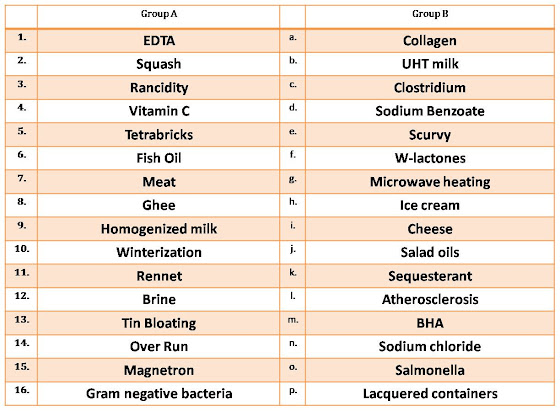Practical's - Food Analyst Examination - Model Paper - HINTS
Practical's - Food Analyst Examination - Model Paper - HINTS BLUE PRINT I. DESCRIPTIVE QUESTIONS RELATED FOOD TESTING FOR 45% Eg 1. Protein Estimation - Conversion factors 2. Contaminants testing procedures 3. Basic Microbiology Testing Procedure 4. Microscopy II. Practical Questions A. General (Applicable to all) 1. Standardization of reagents, primary standards B. Chemistry 1. Milk and products - Fat content, Adulterants, 2. Oil - Quality parameters, Oil soluble colours 3. Confectionery - Synthetic Food colours 5. Fruit juices - Synthetic Food Colours and Preservatives Or Microbiology 1. Gram staining 2. Enumeration 1) Aerobic plate count 2) Coliform count 3) E.coli 3. Packaged Drinking water 4. Milk product - enumeration

